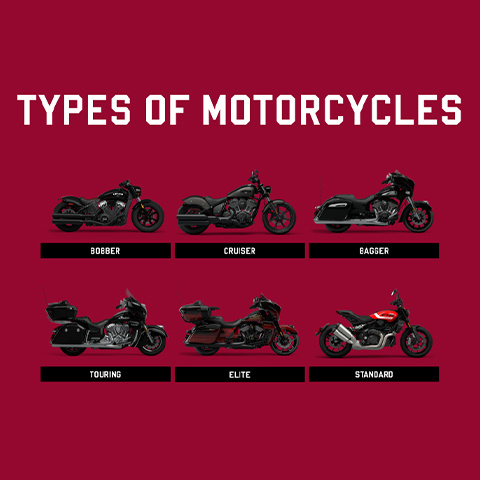Everything about Motorcycle Boots
Everything about Motorcycle Boots
Blog Article
The Main Principles Of Motorcycle Boots
Table of ContentsThe Only Guide for Motorcycle BootsMotorcycle Boots Things To Know Before You BuyAll about Motorcycle BootsMotorcycle Boots Fundamentals ExplainedThe Only Guide for Motorcycle BootsThe 5-Second Trick For Motorcycle Boots
The key components of modern-day motorcycles are provided below.; this has actually been used all with bike background yet is currently coming to be a lot more typical.It was commonly undesirable and typically regarded as a negative idea at the time. It has actually since gained some prestige in the contemporary custom bike globe too due to the fact that of the area financial savings it can pay for and the referral to an earlier period.
Any type of storage space tank for fuel might be so called, the term is normally used to part of an engine system in which the gas is kept and thrust (gas pump) or released (pressurized gas) into an engine. A motorbike fork is the section of a motorcycle that holds the front wheel and allows one to guide.
Motorcycle Boots - Questions
The mix of rake and route identifies exactly how stable the motorbike is. motorcycle boots. The 'fork' on a motorbike is composed of numerous components. The triple trees (additionally known as yokes) hold the fork tubes (which contain the fork springtimes), and are fastened to the neck of the framework by the steering stem.

, which calls for both lubrication and change for prolongation (stretch) that happens with wear. The lubricant is subject to being thrown off the fast-moving chain and results in gunk and dirt accumulation. Chains do weaken, and extreme wear on the front and rear sprockets can be dangerous.
Conventional roller chain-drives endure the possibility for resonance, as the reliable span of activity in a chain and gear mix constantly transforms throughout the revolution ("chordal action"). If a drive sprocket turns at continuous RPM, then the chain (and the driven gear) must speed up and slow down constantly. A lot of chain-driven bikes are fitted with a rubber bushed back wheel center to remove this resonance issue.
These chain oilers vary in refinement, however all add significantly to the life of the chain. The custom-made of lubing by immersing the chain in a Home Page tin of hot oil discontinued in the early 1970s, when most chains had rubber "O'-rings. The initial Suzuki RE5 of 1975 featured a rear chain oiler, but the 1976 model had a sealed chain, and its oiler was removed as "unneeded".
The Single Strategy To Use For Motorcycle Boots
They are not as sturdy when subjected to high horsepower as a chain. You can not modify the size and modification last drive his comment is here proportions as conveniently as chains. And require bigger sheaves compared to chain sprockets to obtain an effective final drive proportion.
Inside the bell real estate a bevel gear on the shaft friends with an additional on the wheel place. This setup is superior in terms of sound and cleanliness and is practically maintenance-free, with the exception of occasional fluid changes.
Nevertheless, the additional gear collections are a resource of power loss and added weight. A shaft-equipped bike might also be prone to shaft result. Practically all high-performance racing motorcycles utilize chain-drive due to the fact that they are one of the most mechanically effective sending power to the rear wheel. A cord wheel and pneumatically-driven bike tire on a Ural The wheel edges are generally steel or aluminum (typically with steel spokes and a light weight aluminum hub) or mag-type cast or machined aluminum.

See This Report on Motorcycle Boots
One of the most crucial feature of any kind of tire is the contact spot, the little area that is in call with the roadway surface while riding. There are tires made for dirt bikes, touring, sporting activity and cruiser bikes. Motorcycle tires have knobbly, deep footsteps for optimum hold on loose dirt, mud, or crushed rock; such tires have a tendency to be less secure and noisier on smooth surfaces.
Visiting tires are normally made from a more challenging rubber compound for greater sturdiness, these might last longer but have a tendency to give less outright grasp contrasted to sports tires at ideal operating temperature levels. Touring tires usually provide extra grasp at lower temperatures and can be extra fit to riding in chilly or winter season conditions where a sport tire might never reach its ideal operating temperature.
These often tend to have more powerful sidewalls as they are commonly fitted to larger equipments. Motorsport or racing tires provide the highest possible of degrees of hold. Because of the heats at which these tires normally run, make use of outside an auto racing setting is unsafe, generally these tires do not reach their optimal temperature which offers much less than optimal hold.
Motorcycle Boots Can Be Fun For Everyone

There are several brake-performance-enhancing aftermarket parts readily available for the majority of motorcycles, including brake pads of differing compounds and steel-braided brake lines.
Report this page